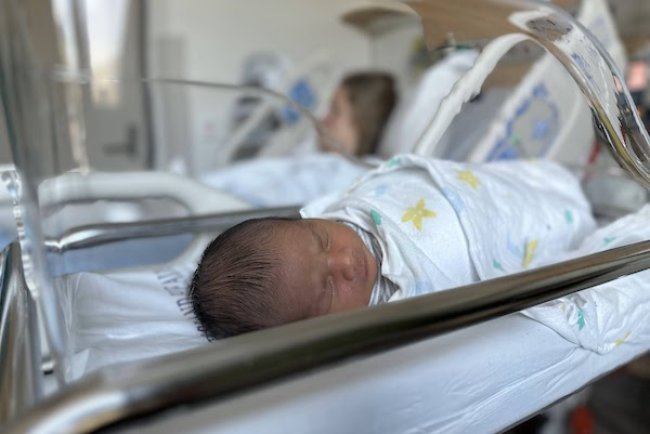Inducing Labor at Full Term: What Really Makes Sense for Mothers and Babies
For as long as women have been giving birth, midwives, doctors, and mothers themselves have searched for ways to encourage labor when the body seems to hesitate. Sometimes this means nudging nature gently, sometimes it means intervening with medical tools. Over the years, methods have ranged from the earthy to the clinical: synthetic hormones to kickstart contractions, soft balloons or kelp sticks to coax the cervix open, and even something as ancient and instinctual as nipple stimulation to spark oxytocin.

Yet despite centuries of experimentation, one truth remains: the start of labor is still wrapped in mystery. It’s a symphony of hormones, signals, and readiness that science can’t fully replicate. And because of this, the big question for both doctors and parents-to-be has always been: when should we step in and when should we simply wait?
Enter the ARRIVE trial, a landmark study that has shaken up the conversation about induction.
What the ARRIVE Trial Revealed About Inducing Labor
This massive, multi-center trial followed thousands of first-time mothers who were all within a week of their due date. The researchers divided the women into two groups: those who were induced and those who took the “expectant management” approach in other words, waiting for labor to start naturally.
Here’s where things got interesting:
For the babies: Complications were similar in both groups, but babies born through induced labor were less likely to need breathing support. Breastfeeding outcomes were nearly identical between the two.
For the mothers: The big surprise was that women who were induced actually had a lower chance of needing a cesarean birth, about 19% compared to 22% in the group that waited.
That’s not a minor finding. For decades, induction has carried a bit of a reputation: many parents feared it led to longer, more complicated labors, often ending in the operating room. But this study suggested something different that induction, in certain circumstances, might actually lower the odds of a C-section.
Why Context Matters (and Why One Study Isn’t the Whole Story)
As promising as these results sound, they come with caveats.

The women in the study were mostly younger, more likely to be Black or Hispanic, and more often covered by public insurance compared to the broader population of expectant mothers. That means the findings don’t automatically apply to every pregnant person.
And there’s another detail worth noting: out of all the women eligible for the study, only about one-third chose to participate. That suggests a built-in bias: maybe the women who agreed already felt comfortable with the idea of induction. Many others simply didn’t want it.
There’s also the tradeoff to consider: induced labor took longer, and hospital stays were often extended. For a mother, that may mean more hours of physical exhaustion. For hospitals, it could mean higher costs and greater demand on already crowded maternity wards.
When Induction Isn’t Just a Choice But a Necessity
Of course, sometimes the decision isn’t about preference at all. Inducing labor can save lives when serious conditions arise, such as:
Preeclampsia or high blood pressure, which can quickly become dangerous.
Placental decline, when the organ that nourishes the baby begins to fail late in pregnancy.
Diabetes requiring insulin, where keeping the baby inside longer could pose risks.
Advanced maternal age, where stillbirth risk rises ever so slightly as weeks tick by.
In these cases, induction isn’t just reasonable, it's the safest path forward.
Should You Choose to Be Induced?

So, what if you’re a healthy, first-time mom at 39 or 40 weeks with no complications? Should you opt for induction?
The ARRIVE trial suggests the answer might be yes but only if you’re open to the idea and your pregnancy looks a lot like the women studied. For others, the picture is fuzzier.
The best approach? A deeply honest conversation with your care team. Because here’s the thing: statistics may help guide medicine, but birth is not just data. It’s personal. It’s physical. And it’s emotional. Some women feel empowered by choosing induction; others feel strongly about letting labor begin on its own. Both instincts are valid.
The Bigger Picture: Birth is Still Part Mystery
The ARRIVE trial gave us clarity, but not closure. Labor induction may reduce C-sections for some women. It may help some babies transition more smoothly to breathing on their own. But it also means longer labors, fuller maternity wards, and unanswered questions about cost and accessibility.
What it doesn’t mean is that birth has suddenly become predictable. Nature still holds her secrets. Even with balloons, hormones, and evidence-based trials, the moment a woman’s body decides to open and welcome new life remains something profound and at least for now unprogrammable.
Maybe that’s the point. Science can guide us, but birth will always keep a touch of mystery.
What's Your Reaction?




















